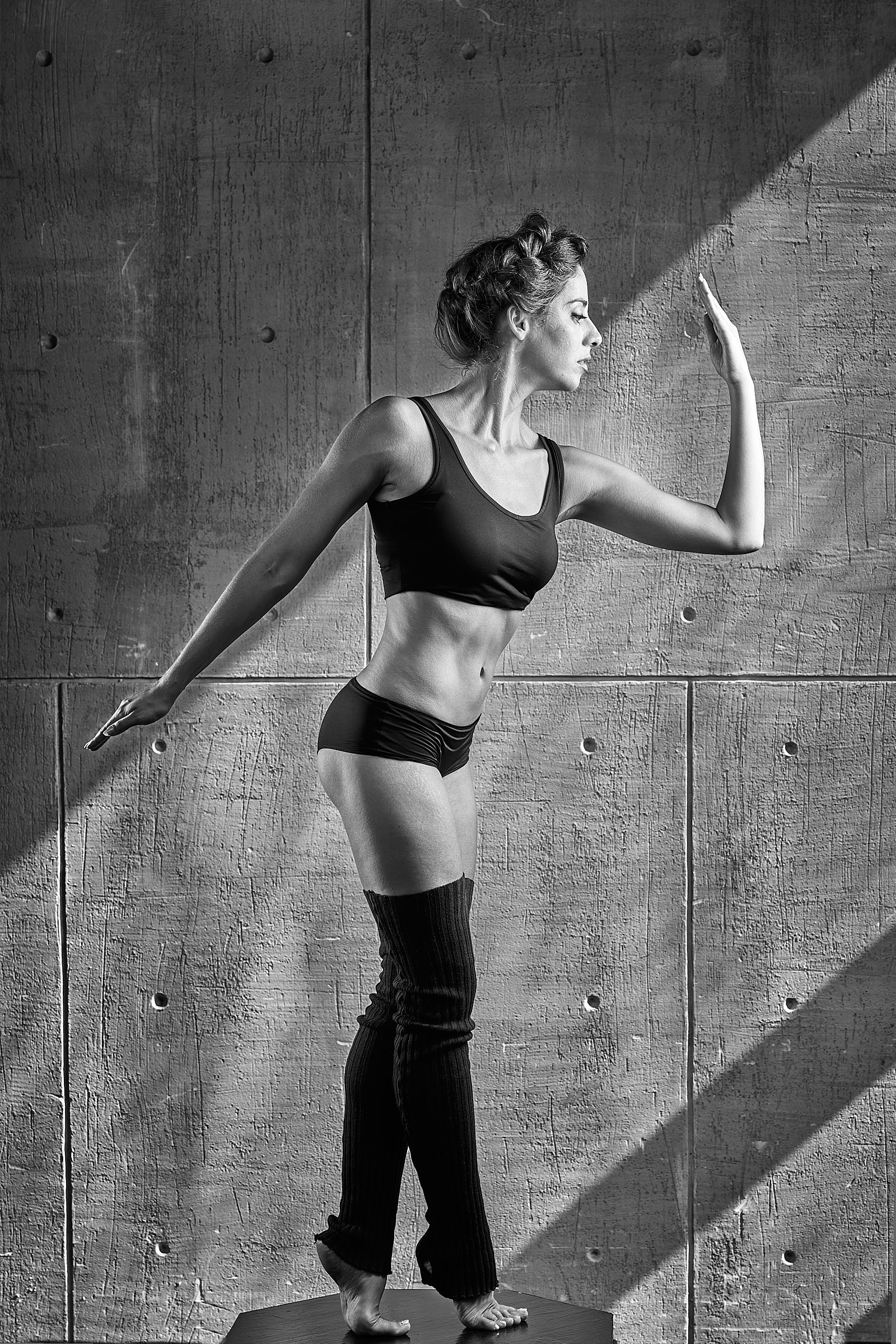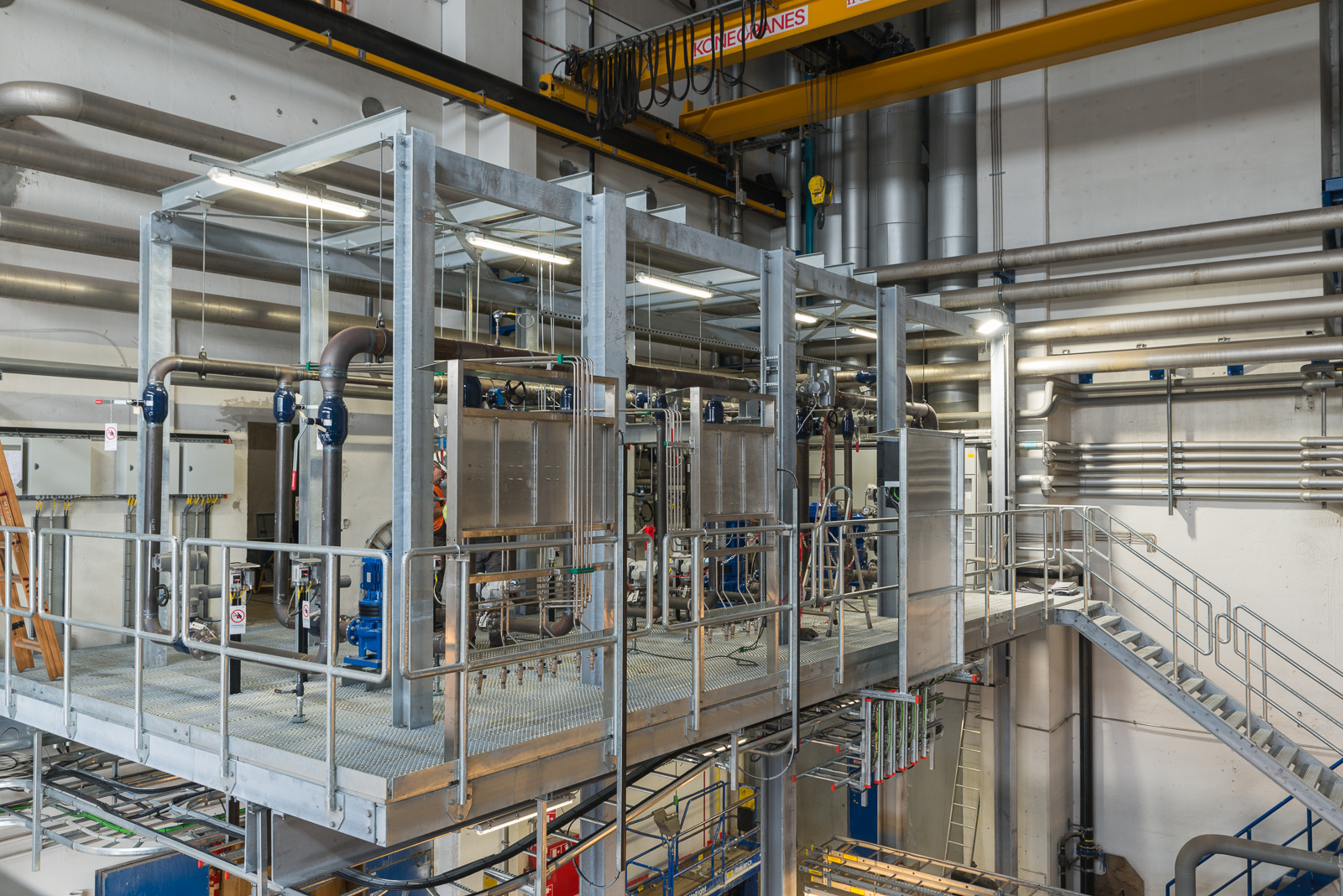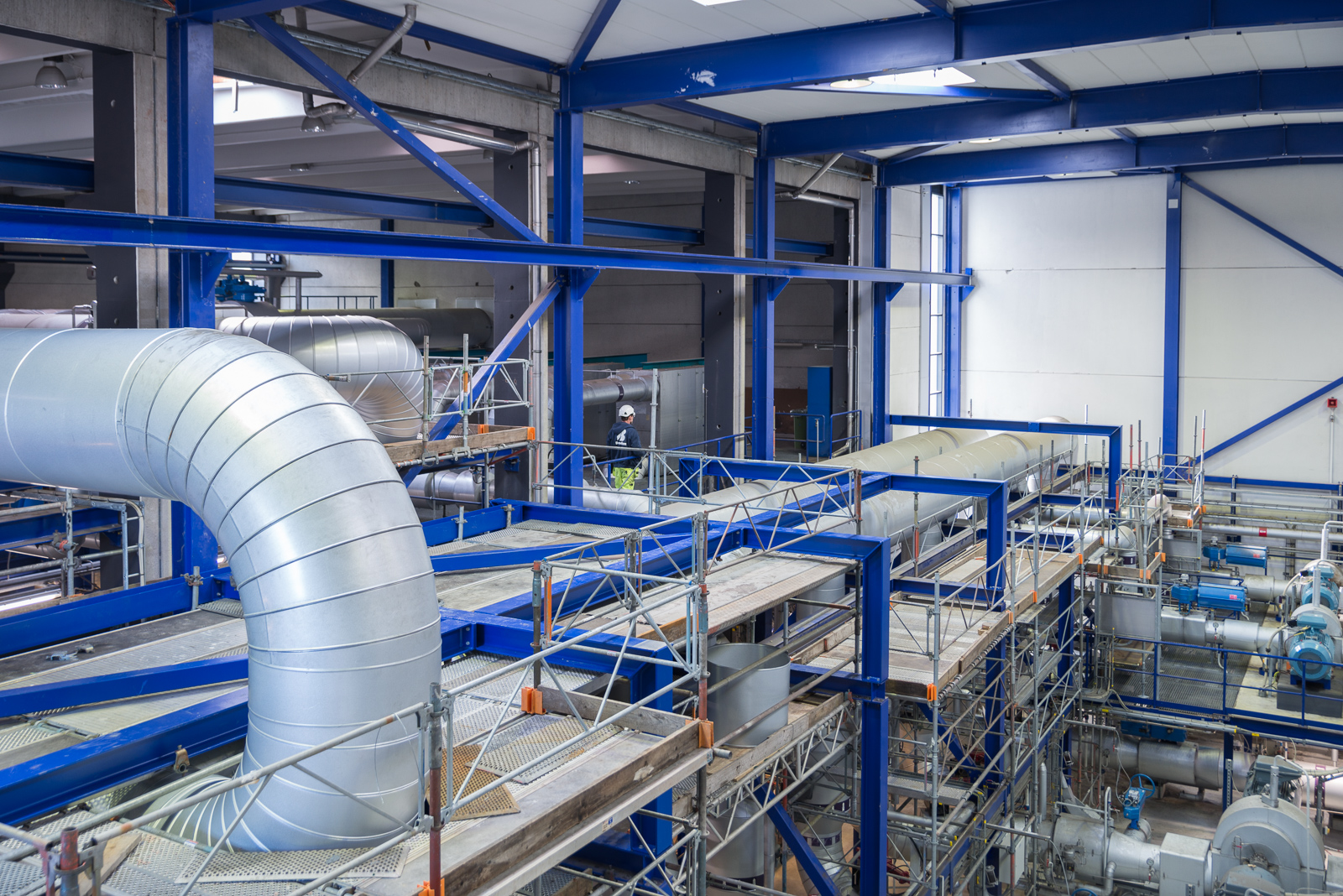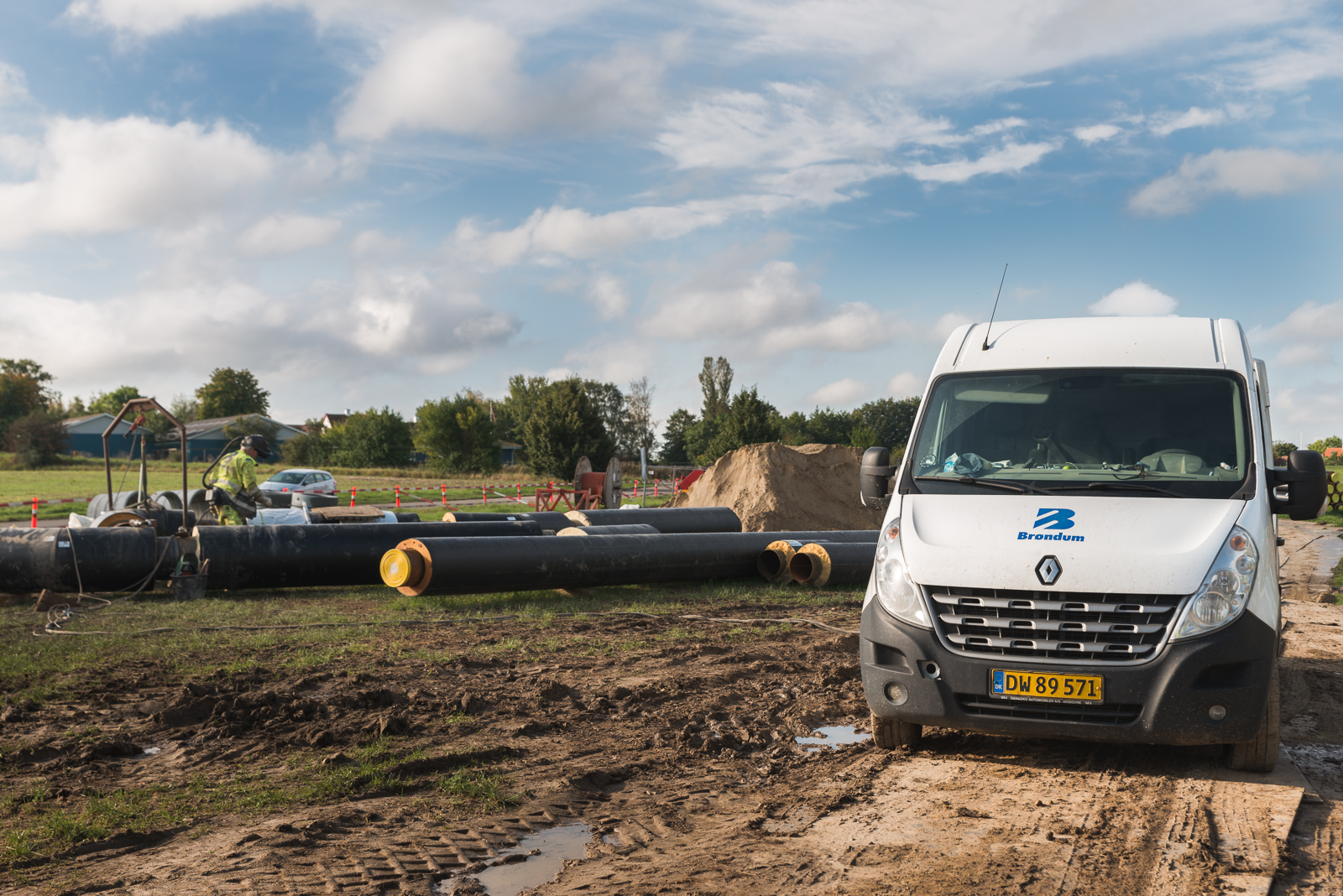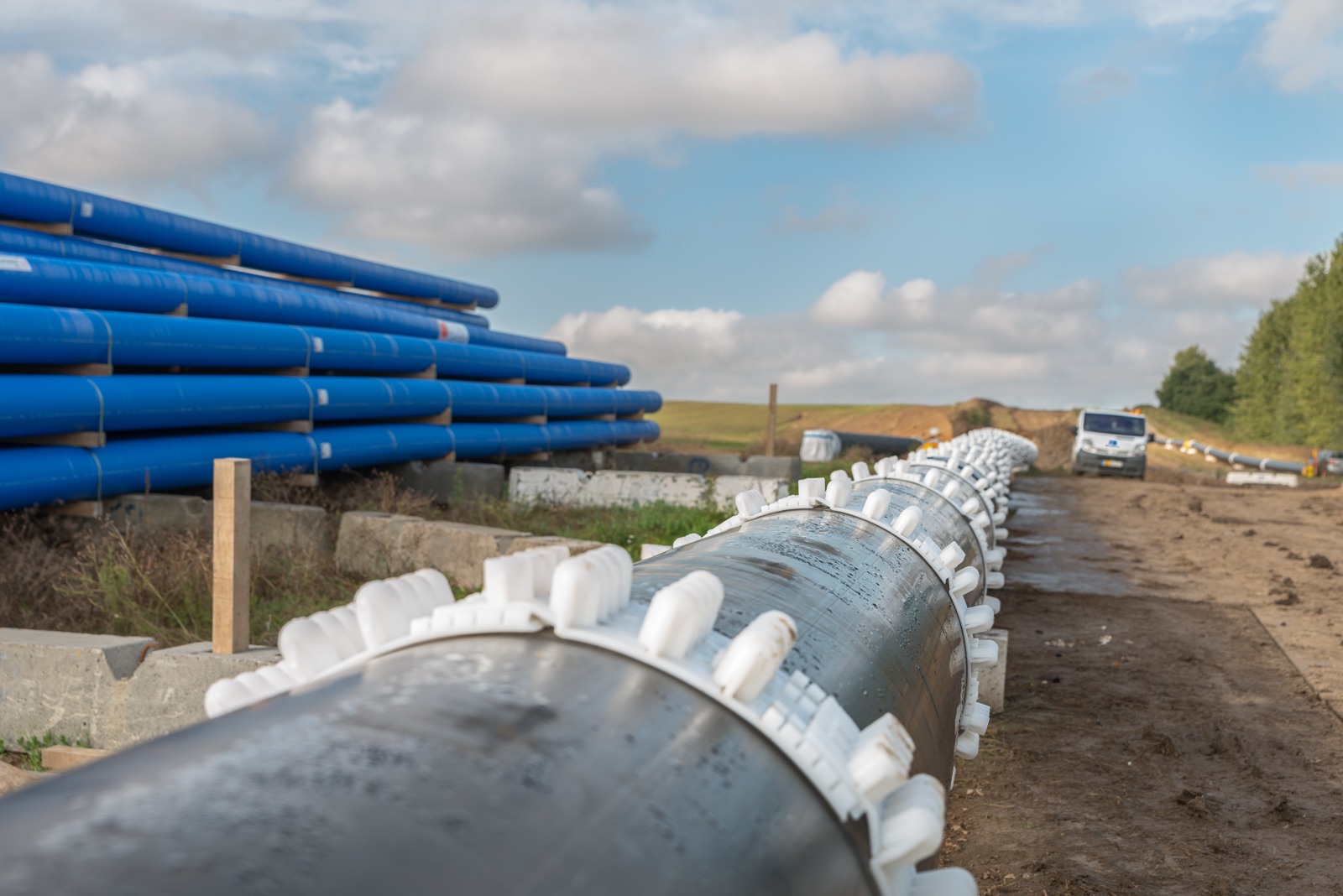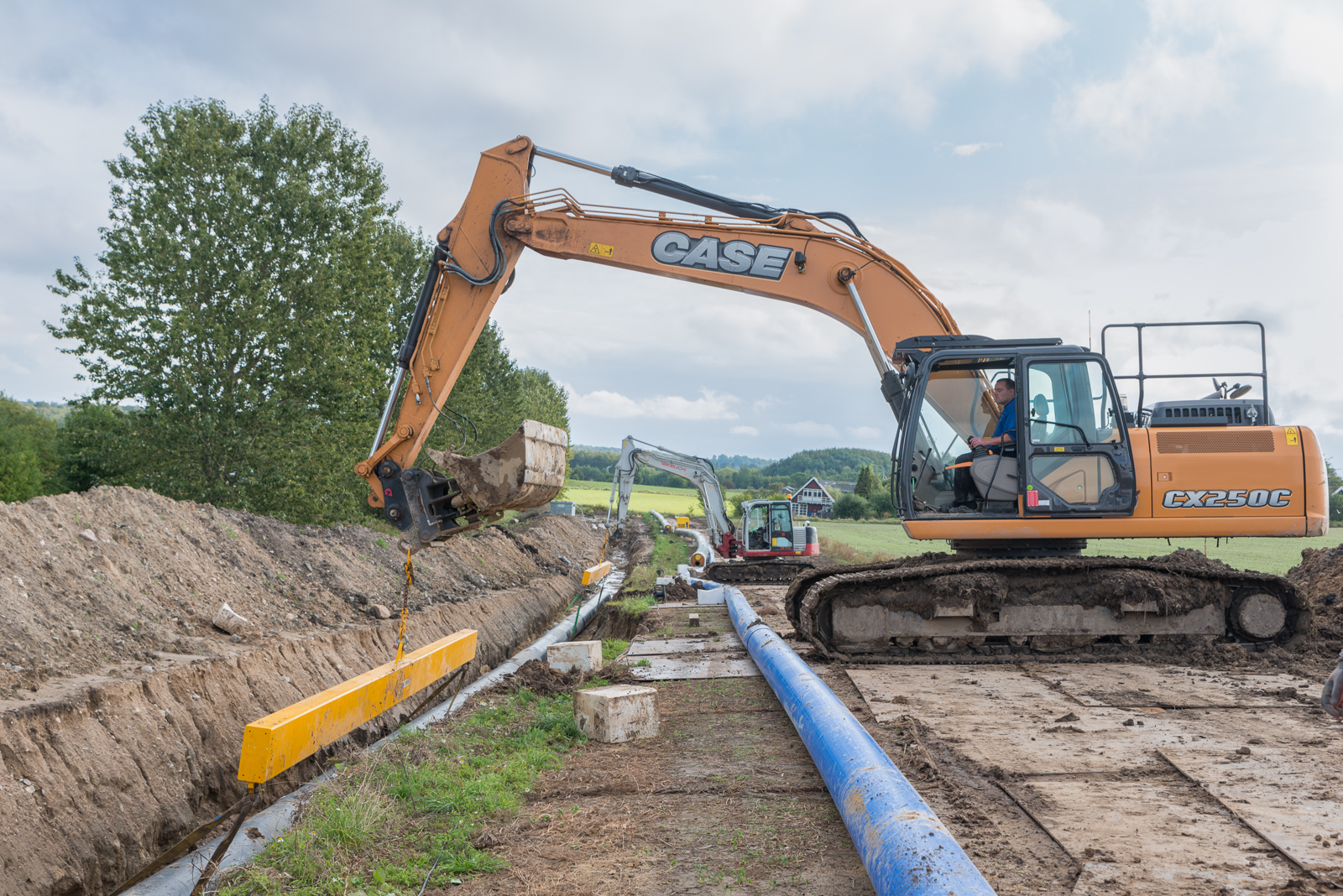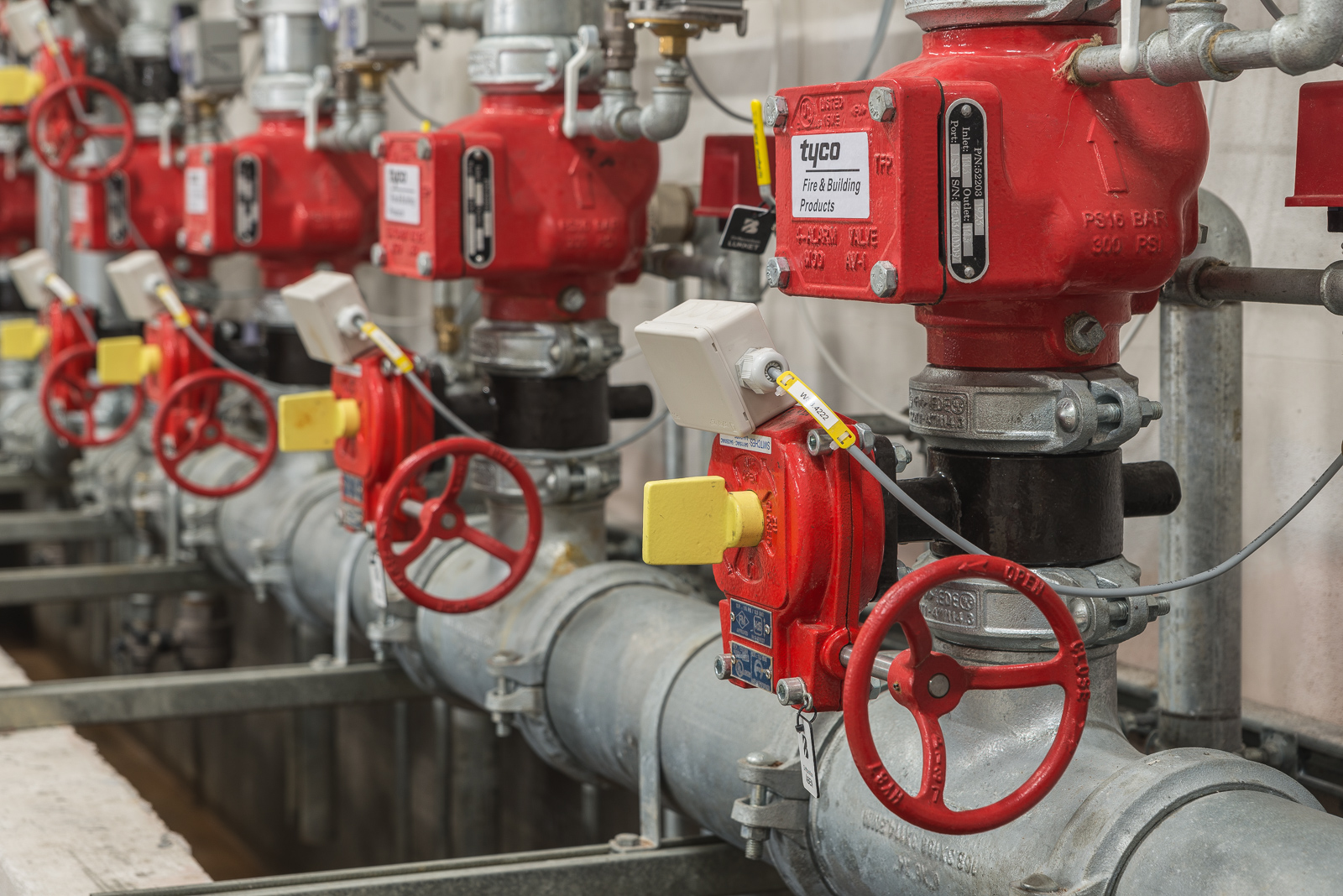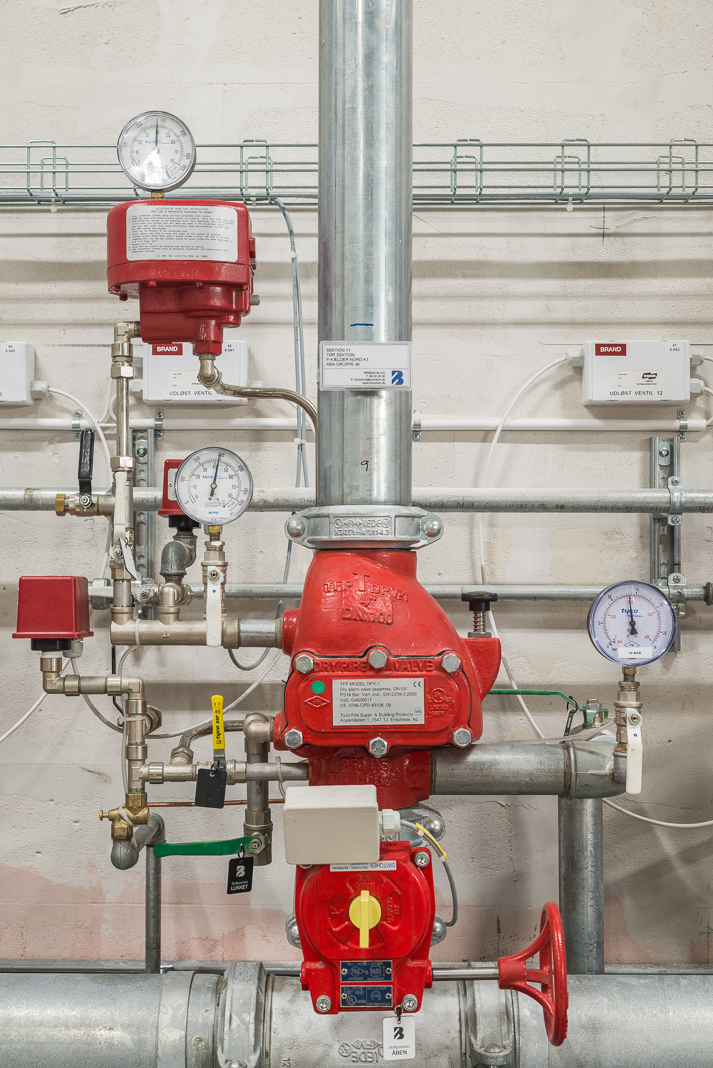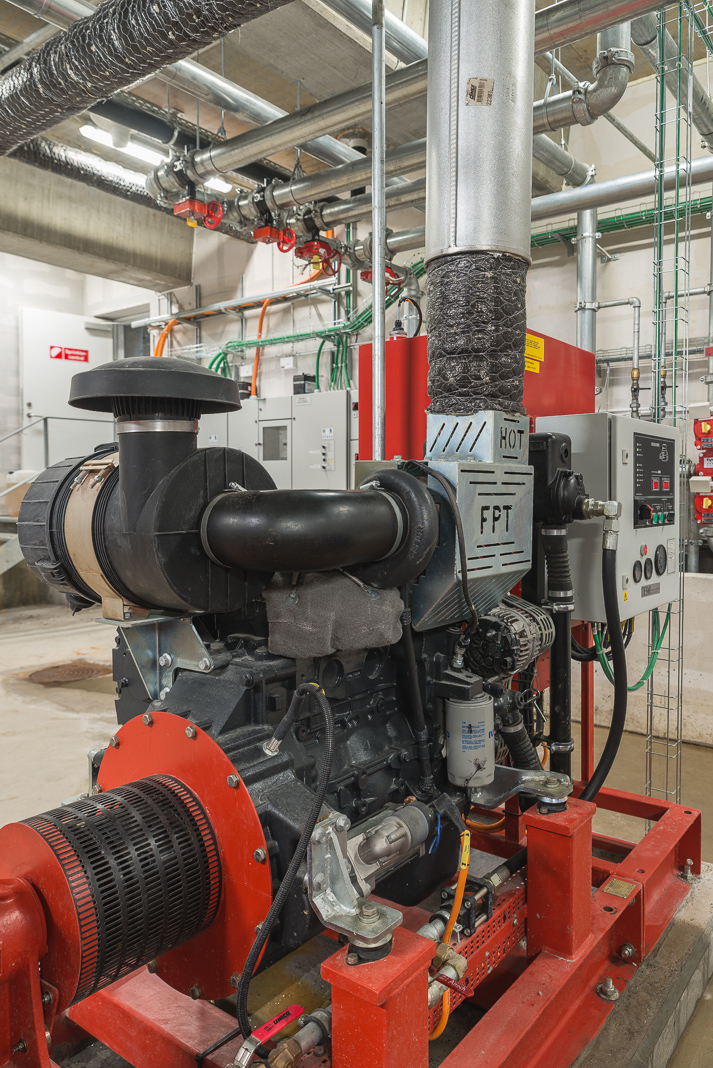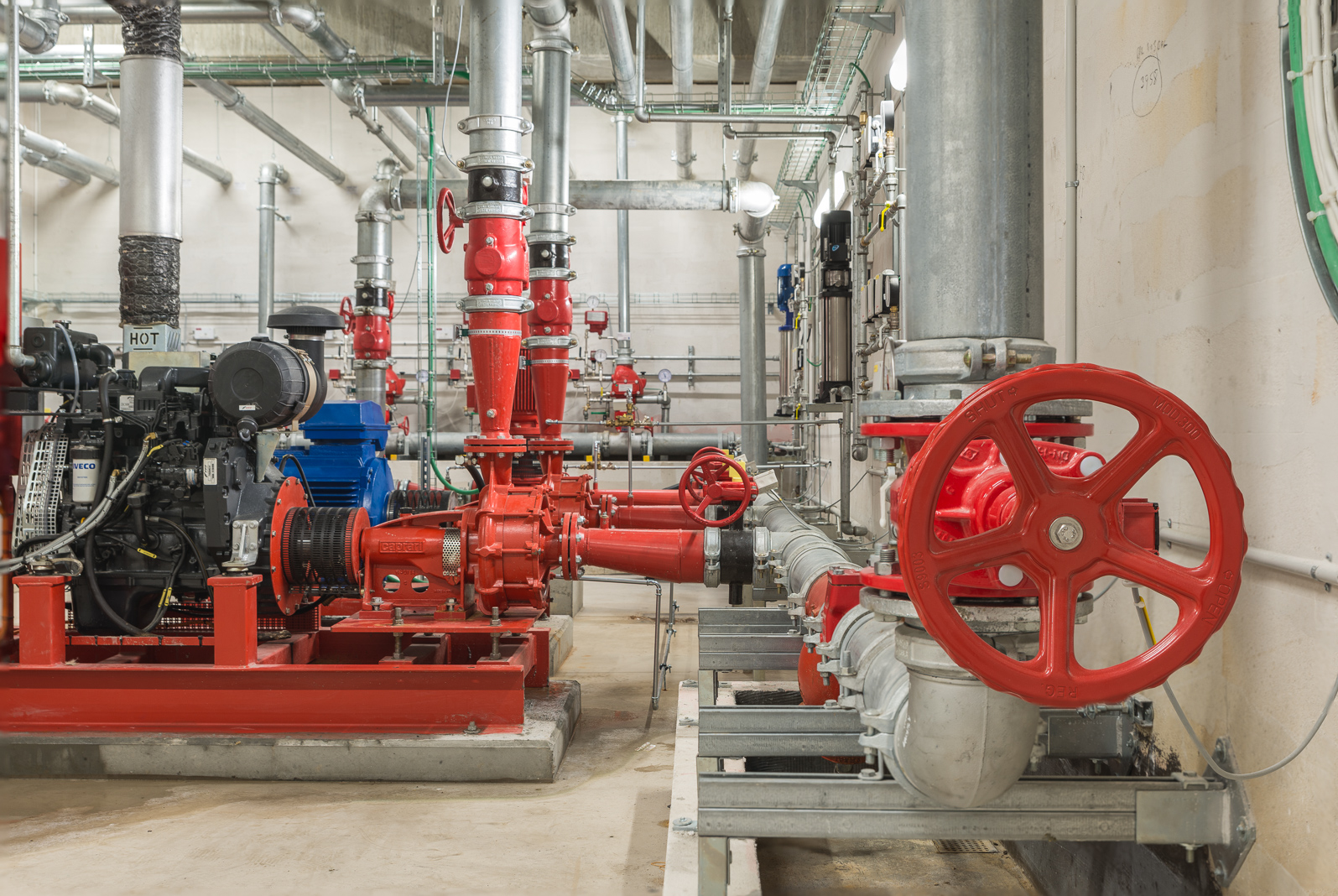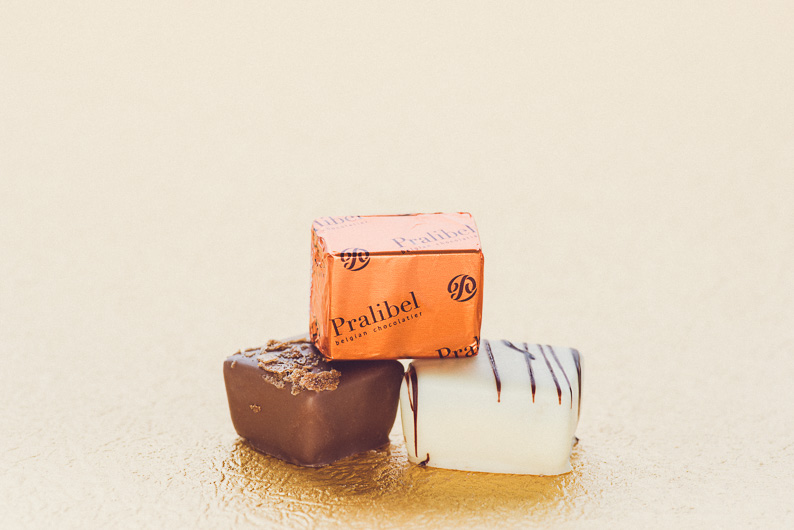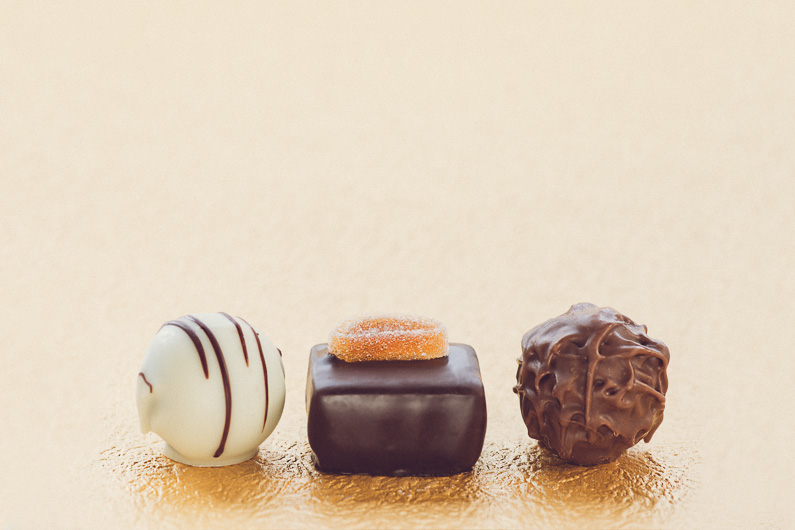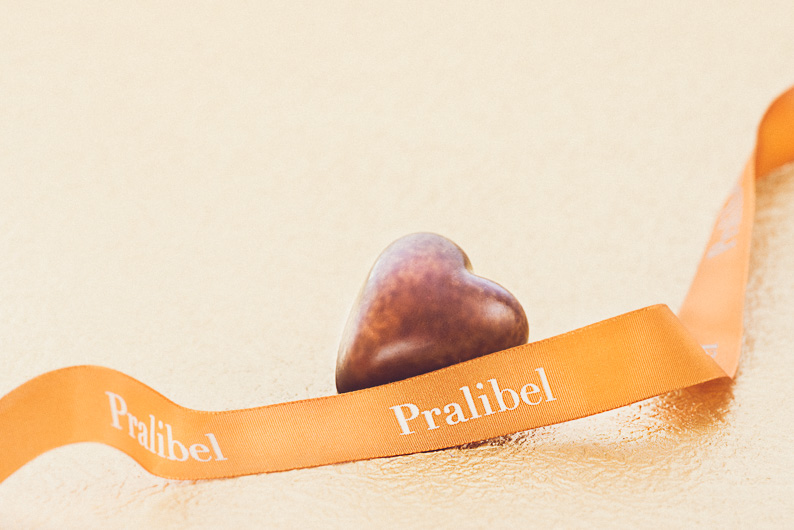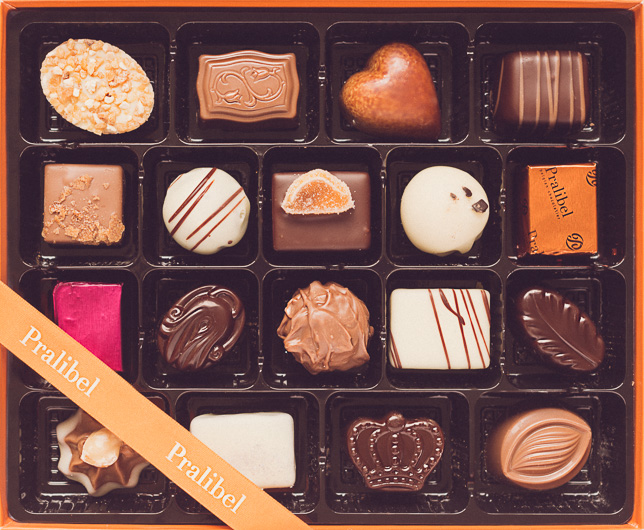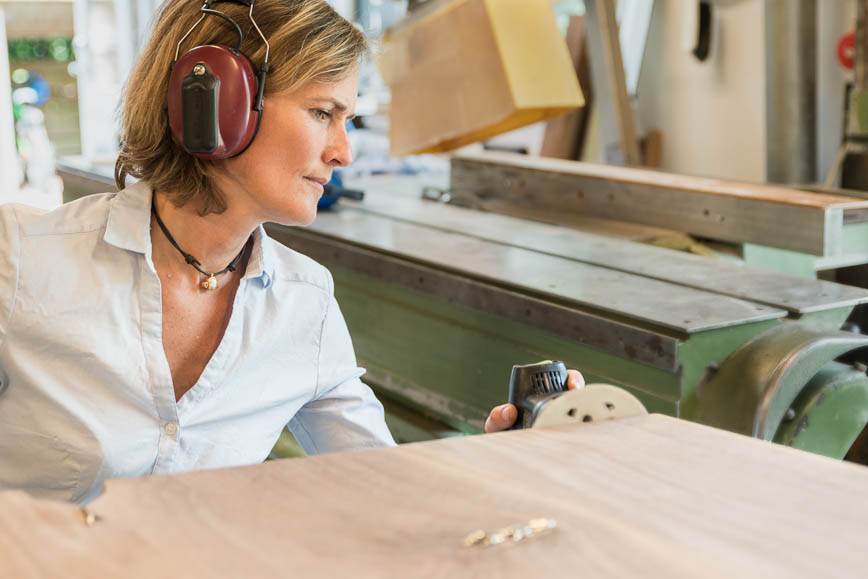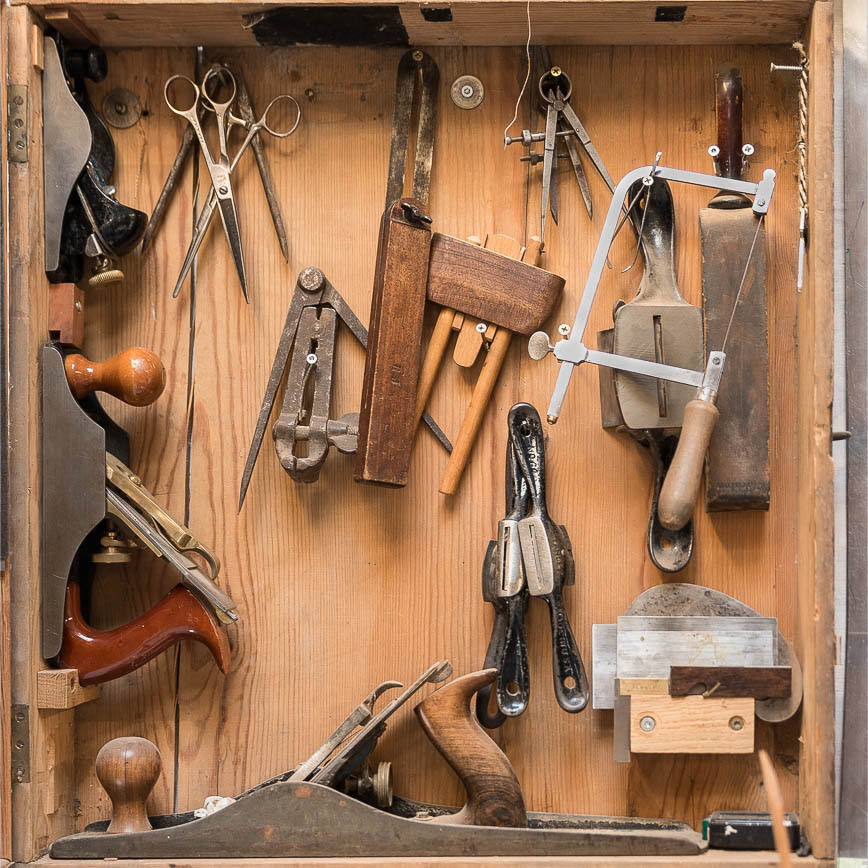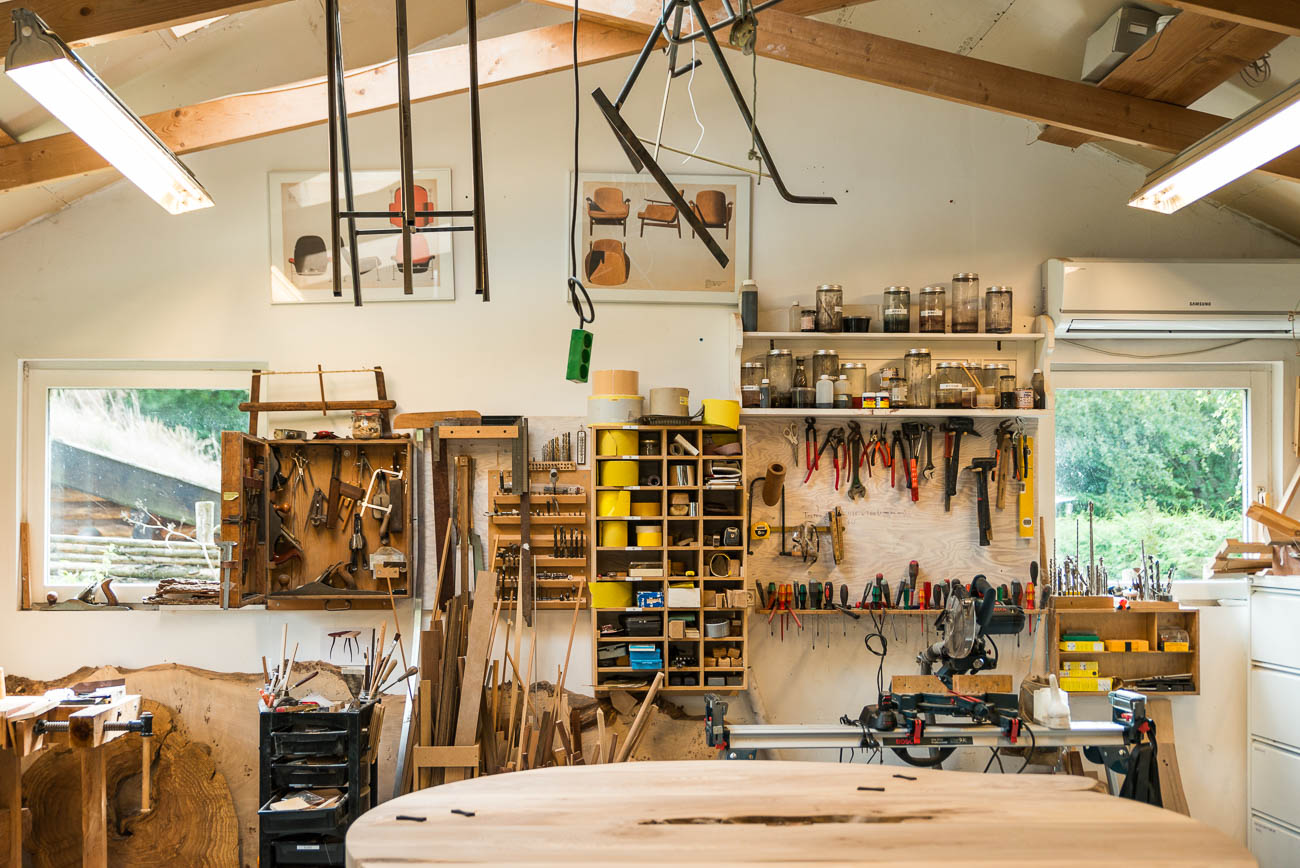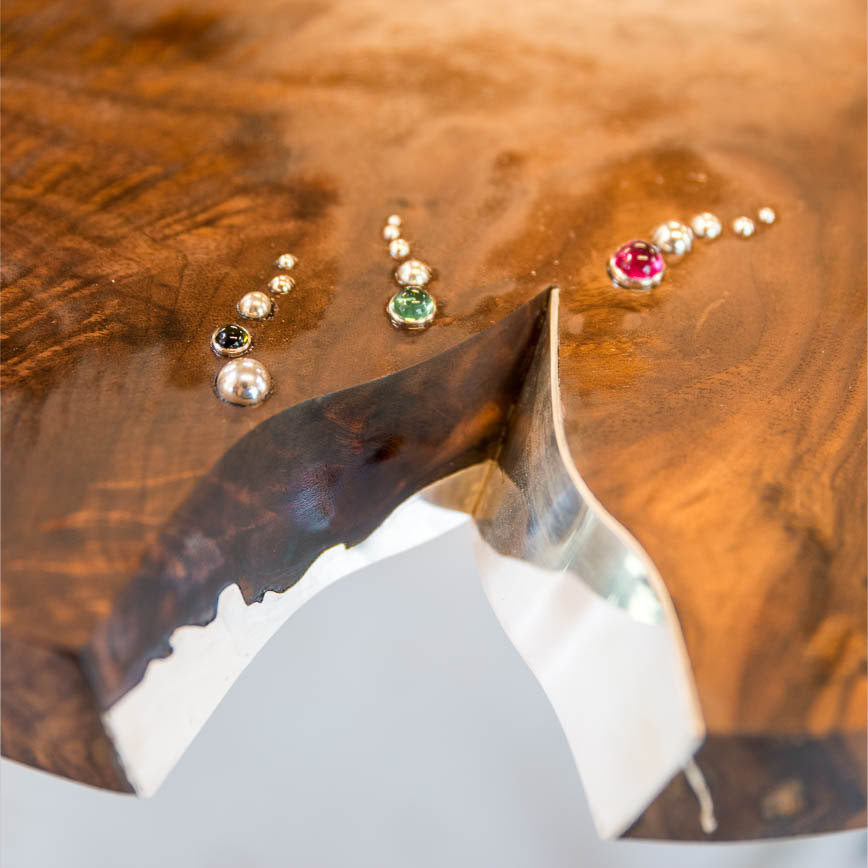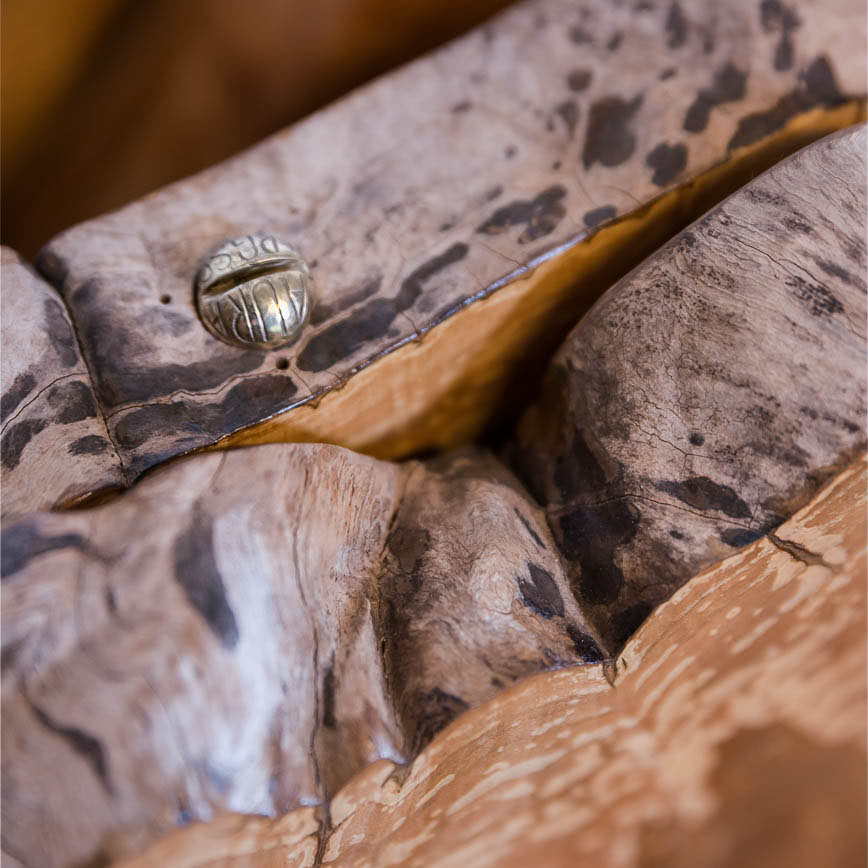Get photoshop nerdy with me!
During Don Giannatti’s Lighting Essentials “Summer School” series in August (2019), I am represented with a (rather nerdy) article with a BTS of sorts for one of my images in my Mini-Me series. A link to the article on Lighting Essentials is here. Below is the article as well.
How I create Mini-Me images
The start is usually simply an image or idea that forms in my twisted brain. I should really sketch my ideas, but I never do. I do these totally alone and I don’t have a green screen. Shooting in full sun is never optimal, but I like the natural and contrasty look in the final image.
Background Frame
In preparing the scene, I find a vantage point, where I can shoot as straight on as possible. Or I will shoot at a very slight angle. In this shot, I am on the ground shooting at a very slight downward angle. I usually use a 100mm lens on a full-frame camera.
In composing the scene, camera angle, depth of focus, etc. I imagine how big Mini-me will be in the scene. I ensure that the depth of focus is deep enough that I can composite Mini-me selfie into the image and have it look natural. Mini-me will be totally in focus.
I check the “Virtual Horizon” in Live View and make a mental note of the position. I will use the same angle when shooting my selfie.
Then I shoot my background frame. In this case I assembled some small rocks in the grass, and had Bob (our bearded dragon) sit on the rocks. I knew Mini-me would be standing in front of Bob and to one side or the other. I positioned Bob in various ways, and used a remote shutter release (cheap Yongnuo triggers) so I didn’t have to be far from him.
Selfie Frame
The hardest part for me to do, is the selfie frame. I hate being in front of the camera…I have a hard time looking natural…and I can’t see how my poses are until I look at the back of the camera. So it takes many, many frames.
I compose my shot so my entire body in frame. I ensure the camera angle is the same as for the Background Frame (referring to my mental image of the Virtual Horizon). My lens is now 50mm so I can get in closer and maintain a good depth of field. Depth of focus should be such that I am entirely in focus. I make sure that my camera is at the same angle to the light as it was in the Background Frame. Often, I will simply stand in the same place as I shot the Background image and move the camera back a bit.
I use a remote shutter release and just move around and shoot. I stop occasionally to check focus and to check that my entire body is in frame. I shoot various hand, arm and head positions so I can composite alternative body parts if needed. I know that I can move my arm slightly in post if I don’t get the perfect angle. I have the background scene and story in my mind - and variations - as I am shooting the selfies.
Compositing
In my raw converter, I go through and find the images that I think will work together and do my raw editing on those. I usually end up with the background I want and several versions of Mini-me. Then I export them as a PSD (you can also use TIFF, if you prefer).
Once in Photoshop, I do a quick-n-dirty selection of Mini-me images and place them in the background image just to see what works. When I have the Mini-me (and any body parts) that I want to use, I go about extracting. I use various methods for extracting but I won’t get into how to extract in this tutorial.
Once I have my properly extracted Mini-me, it is important to place it “on the ground”. That can be difficult when the ground is grass, so you can’t actually see the surface. I usually place the image, move it around then take a break from the image, look at it again, adjust, take a break, rinse and repeat. Leaving the image occasionally can help you see when things just don’t look right.
Now that Mini-me is in place, it’s time to make it look like it belongs in the image. The first thing I did with this image was to have some of the foreground, like grass and flowers, to appear in front of Mini-me. I do this by putting Mini-me layers in a folder, and masking on the folder to reveal the foreground. This can be very time-consuming. I wanted some, but not all, of the grass. I needed to get the edges perfect, or it would not look natural. I do this with a tiny brush and sometimes zoomed in at pixel level.
Then I needed to add a shadow. I study the original selfie image to understand the angle of the shadow. There is a multitude of methods of creating shadows, and creating them would be a tutorial in itself. I am not great creating them. I simply try to match the shadows already present in the image. I study the actual shadows and then try various ways of getting the same brightness, color and tones. Blending modes and layer opacity are usually a big part in the process.
Finalizing the image
When the image is finished, I don’t flatten it. There is always something that ends up catching my eye. I can round-trip to Photoshop, edit, and the edits are reflected in Capture One. This is also possible in Lightroom.
Color-grading is an additional way of helping to make the image appear more like one image and not a composite. I will sometimes do this in Photoshop, but often I will do the color in Capture One. I prefer my base image (my finished composited PSD) to be ‘natural’ in the color, contrast, etc. In Capture One, I can use layers to do color grading with the Color Editor or I sometimes start with a preset. I can create several “Variants” (same as “Virtual Copy” in Lightroom) with different styles or looks. At the very end, I will often add a tiny bit of grain.
Then I crop and export as needed!













